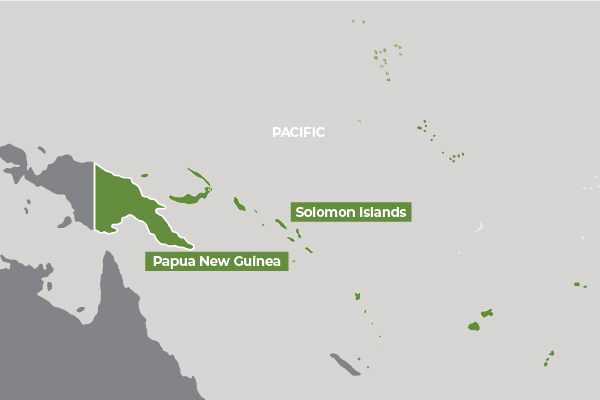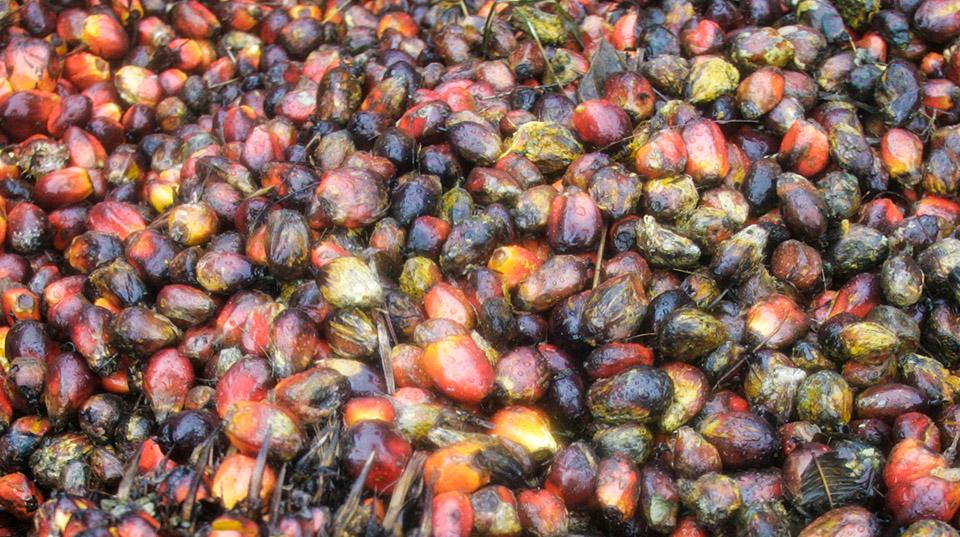Overview
This project aims to improve the long-term management of basal stem rot (BSR) disease, in the short term through the exclusion of the most susceptible genotypes and, in the longer term, through the selection of BSR-tolerant or -resistant varieties, and evidence-based disease management. Within the broader research strategy, this project aims to collect additional field data gathered from the trials in Solomon Islands (SI), and thereby improve chances of identifying molecular markers associated with susceptibility and to further evaluate efficacy of bole removal as sanitation measure.
The project forms part of a larger series of projects which contributes to the development goal of improving the livelihoods of smallholders and communities who are dependent on oil palm in Papua New Guinea (PNG) and SI, by improving the productivity and sustainability of production of oil palm plantations, both large-scale and smallholder-managed.
Oil palm is a long-term perennial crop of great economic importance in South-East Asia and the Pacific. In both PNG and Solomon Islands, oil palm provides much needed income to both large plantations and smallholders. In PNG and SI 40 and 60%, respectively, of production is carried out by smallholder farmers, which always surround big plantations operated by the local mill. BSR, caused by the white rot fungus Ganoderma boninense Pat., continues to be the most significant disease limiting smallholder and plantation incomes in PNG and SI. Loss of revenue due to disease is of great concern at local and national levels for these countries. The only viable long-term control of BSR is through the use of tolerant planting material, combined with sanitation measures to reduce the carry-over of the pathogen from older, infected trees to new plantings. As dead and infected oil palms are the primary source of infection, disease avoidance through sanitation is a crucial practice for controlling BSR disease.
Effective disease management requires good understanding of the host, the pathogen, how they interact with each other and with the surrounding environment. Infection rate in the experimental plot established by the ACIAR project in 2012 has been growing slowly over the years. Infection is now reaching a point where careful monitoring and analysis of the status of trees and their production will provide robust answers to the key scientific questions.
Project activities
Activities under this project include:
- Collecting data from field trial palms, including recording yield as bunch number and bunch weight at regular harvest times set by GPPOL.
- Determine the Disease Severity Index and the disease intensity over time for all the progenies grown in the field trial. Seek linkages between genetic composition of the progenies and disease phenotypes.
- Evaluating new protocol for nursery based infection of oil palm germinated seeds from four putative resistant (R) families and two putative susceptible (S) identified from the field trials at GPPOL.
- Using an aggressive Ganoderma isolate and standardised parameters of nursery conditions, recording of disease symptoms every week followed by bole and tissue damage assessment after 28-32 weeks post inoculation.
- Surveying of other palm species, including in smallholder family gardens, for Ganoderma infections.




